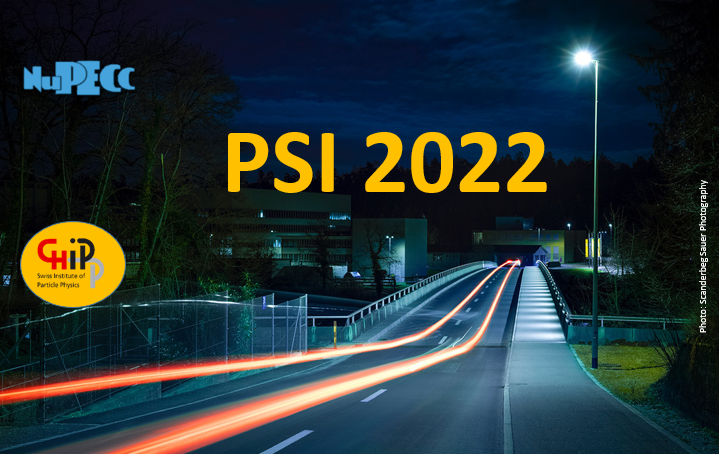Speaker
Description
Precision experiments in the hydrogen atom have a long tradition and extensive studies of transitions between low lying $n\leq12$ states were carried out [1$-$6]. These measurements can be used to determine values of the Rydberg constant and the proton charge radius. We present a new experimental approach to perform measurements of transition frequencies between the metastable 2s $^{2}$S$_{1/2} (F = 0,1)$ state of H and highly excited $n$p-Rydberg states with principal quantum number $n \geq 23$.
We generate the hydrogen atoms by dissociating H$_2$ in a dielectric barrier discharge located at the orifice of a pulsed cryogenic valve [7]. The hydrogen atoms are entrained in the supersonic expansion of H$_2$. The atoms are photoexcited to a specific hyperfine level of the metastable 2s $^{2}$S$_{1/2}$ state by a home-built frequency-tripled Fourier-transform-limited pulsed titanium-sapphire laser (pulse length 40$\,$ns). They enter a magnetically shielded region in which transitions to highly excited $n$p or Rydberg Stark states are induced by a narrow-band frequency-doubled continuous-wave titanium-sapphire laser, which is phase locked to an optically stabilized frequency comb and referenced over a fiber network to a SI traceable primary frequency standard [8]. The highly excited Rydberg states are detected by pulsed-field ionization. We will report progress on our efforts to minimize uncertainties from stray electric fields and Doppler shifts and to obtain spectral lines with a FWHM below 10 MHz.
This work is supported by the Swiss National Science Foundation through the Sinergia-Program (Grant No. CRSII5-183579) and Grant No. 200020B-200478.
[1] J. C. Garreau $\textit{et al.}$, J. Phys. France $\textbf{51}$, 2293 (1990).
[2] C. G. Parthey $\textit{et al.}$, Phys. Rev. Lett. $\textbf{107}$, 203001 (2011).
[3] A. Beyer $\textit{et al.}$, Science $\textbf{358}$, 79 (2017).
[4] H. Fleurbaey $\textit{et al.}$, Phys. Rev. Lett. $\textbf{120}$, 183001 (2018).
[5] N. Bezginov $\textit{et al.}$, Science $\textbf{365}$, 1007 (2019).
[6] A. Grinin $\textit{et al.}$, Science $\textbf{370}$, 1061 (2020).
[7] S. Scheidegger $\textit{et al.}$, J.Phys. B $\textbf{55}$, 155002 (2022)
[8] D. Husmann $\textit{et al.}$, Optics Express $\textbf{29}$,24592 (2021).

